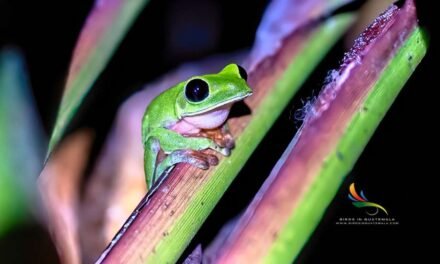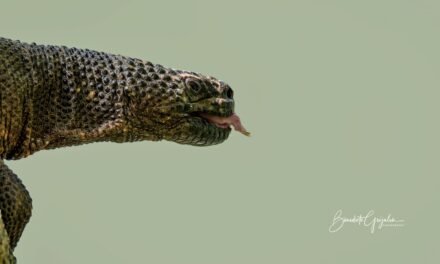Guatemalan Emerald Spiny Lizard (Sceloporus taeniocnemis)
- Introduction to the Guatemalan Emerald Spiny Lizard
Family: Phrynosomatidae
Order: Squamata
Class: Reptilia
Phylum / Division: Chordata
Kingdom: Animalia
Unveiling the Guatemalan Emerald Spiny Lizard
Starting with a captivating sight, the Guatemalan Emerald Spiny Lizard, scientifically named Sceloporus taeniocnemis, blends nature’s raw beauty and the inherent charisma of the reptile kingdom.
Nestled within the verdant forests and rugged terrains of the Chiapas region in Mexico and Guatemala, this lizard is a testament to the region’s rich biodiversity.
Admiring the Lizard’s Unique Colors and Patterns
Moving on to its physical traits, it’s adorned in an emerald hue that could make any gemstone envious.
The lizard’s vibrant coloration is genuinely a marvel.
Moreover, the dazzling green scales, earning it the alternate name of the “Guatemalan Emerald,” feature distinct black crossbars.
These markings enhance the lizard’s aesthetic appeal and aid in camouflage among moss-laden rocks and leafy undergrowth.
Exploring the Prehistoric Charm of Adaptations
Looking at its unique attributes, pointed, spiky scales run down its back, lending a prehistoric charm reminiscent of the dinosaur age.
Adding to their intriguing appearance, these spines deter potential predators and regulate body temperature by increasing the surface area for sunlight absorption.
Appreciating the Physical Attributes and Agile Acrobatics
Considering its size, the Guatemalan Emerald Spiny Lizard is a medium-sized reptile sporting solid and muscular limbs and a long, slender tail.
These features exemplify its agility and alertness, which are perfect for a life spent skirting up tree trunks and darting among rocky outcrops.
Indeed, this lizard performs as much as a skilled acrobat as it stands out as a striking spectacle.
Understanding its Role in the Ecosystem
Shifting the focus to its dietary habits, its diet primarily consists of insects, small invertebrates, and occasionally, plant matter.
Consequently, it plays a crucial role in the ecological balance, controlling insect populations and serving as a meal to larger predators.
Discovering a Hidden Gem in Central America’s Biodiversity
Lastly, the Guatemala Spiny Lizard, often elusive due to its skittish nature and exceptional camouflage, offers a rewarding sight to the patient observer.
Whether sunbathing on a mossy rock, scurrying up a tree trunk, or subtly blending into the backdrop. This spiny lizard never fascinates herpetologists and nature enthusiasts.
Each encounter serves as a gentle reminder of the hidden gems of biodiversity awaiting discovery in Central America’s heartlands.








